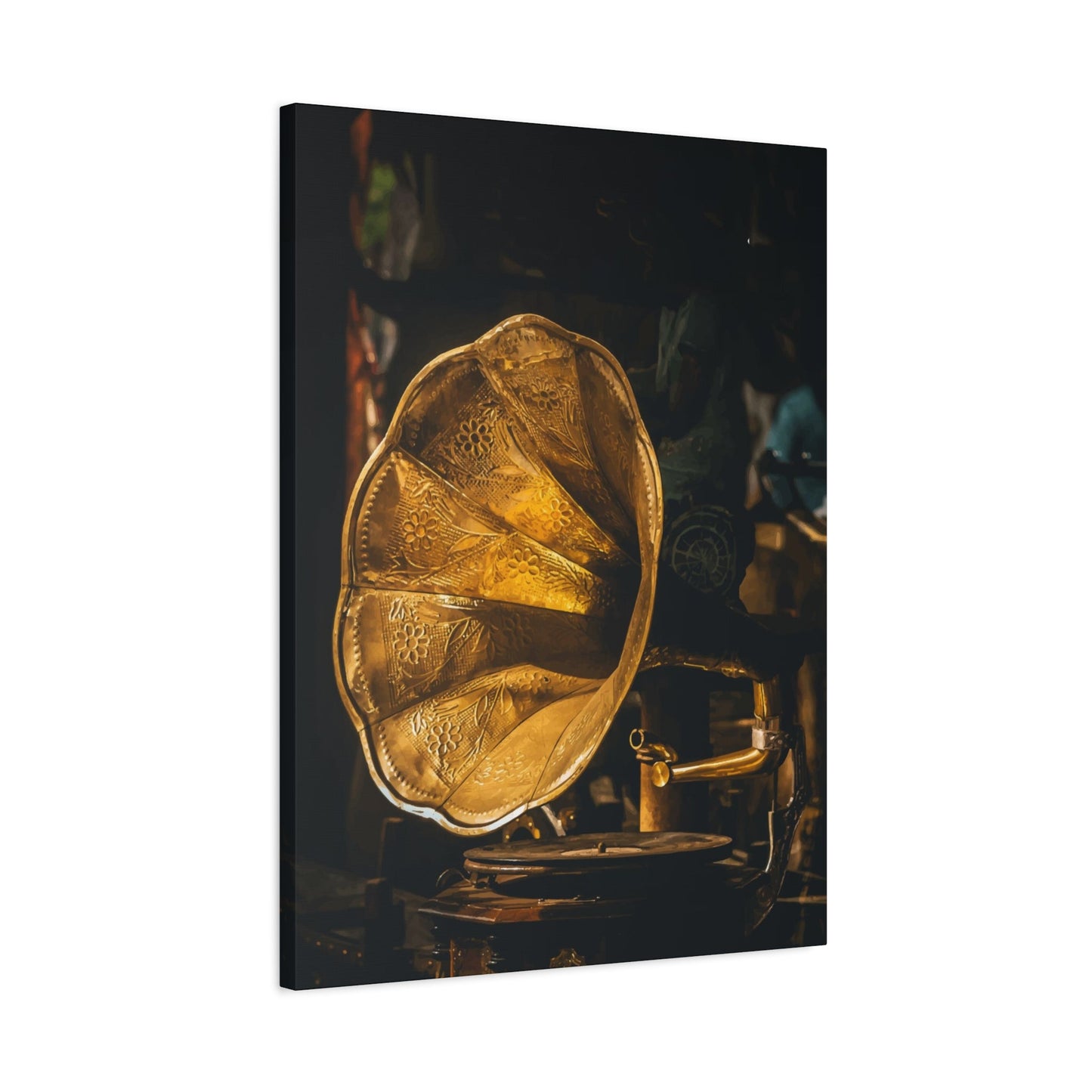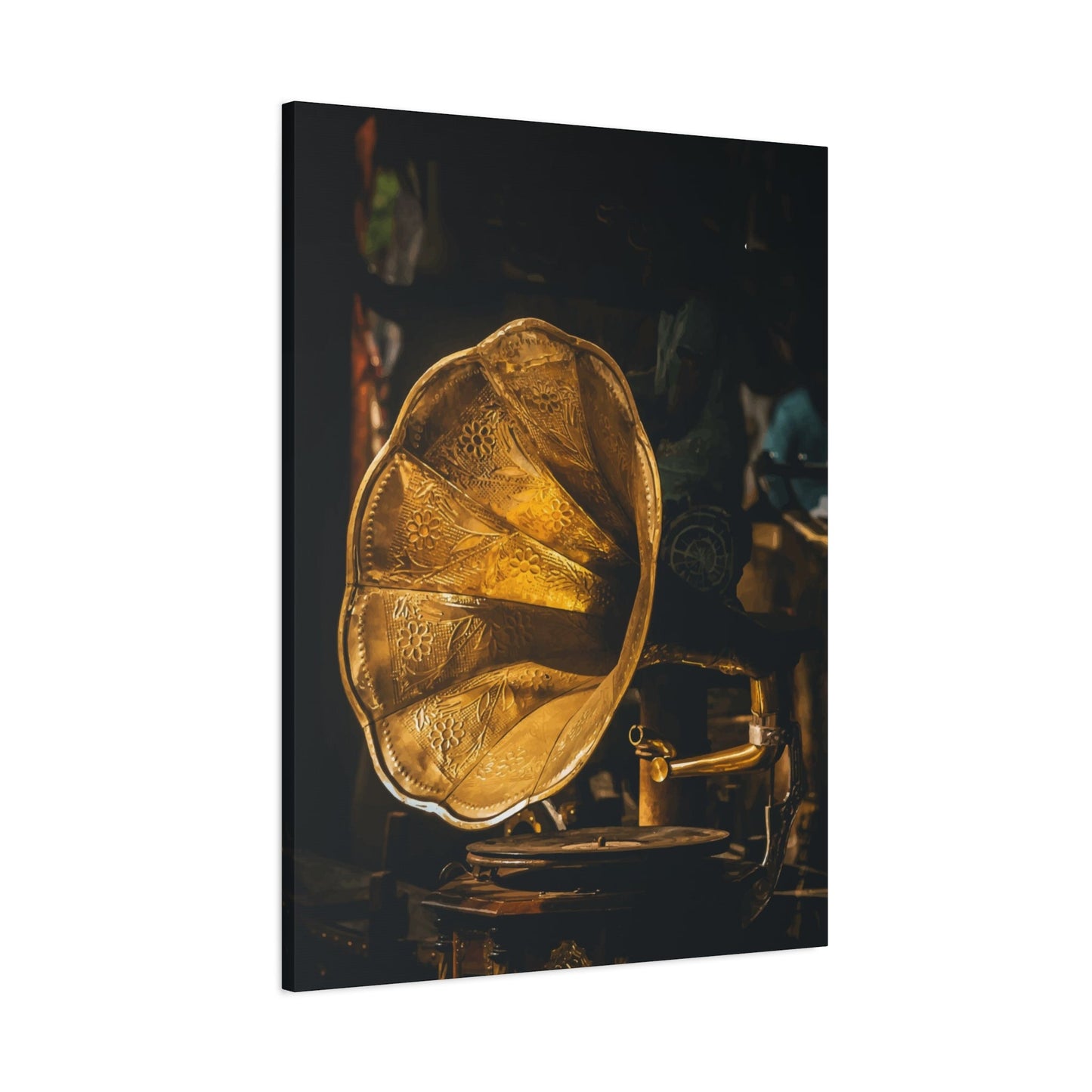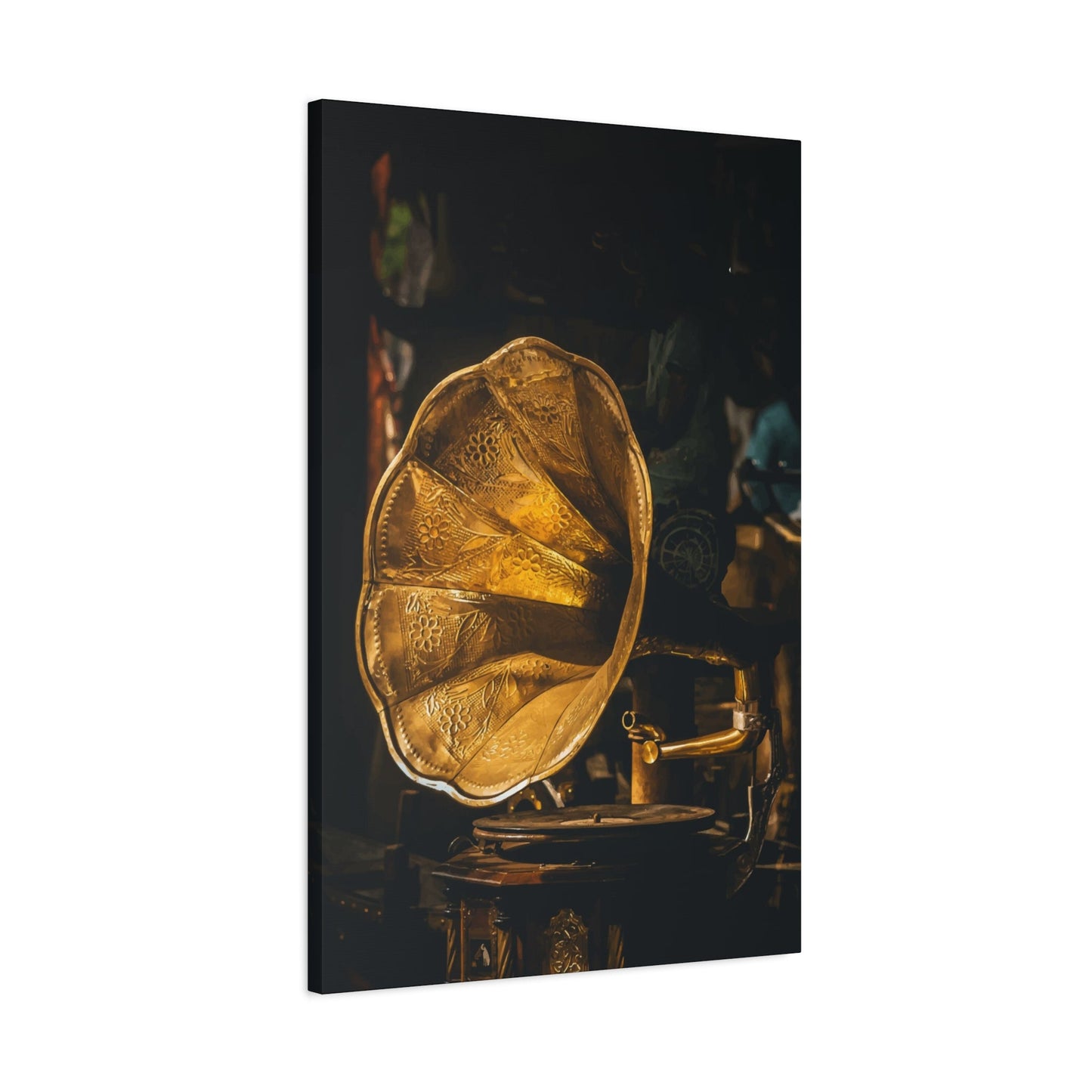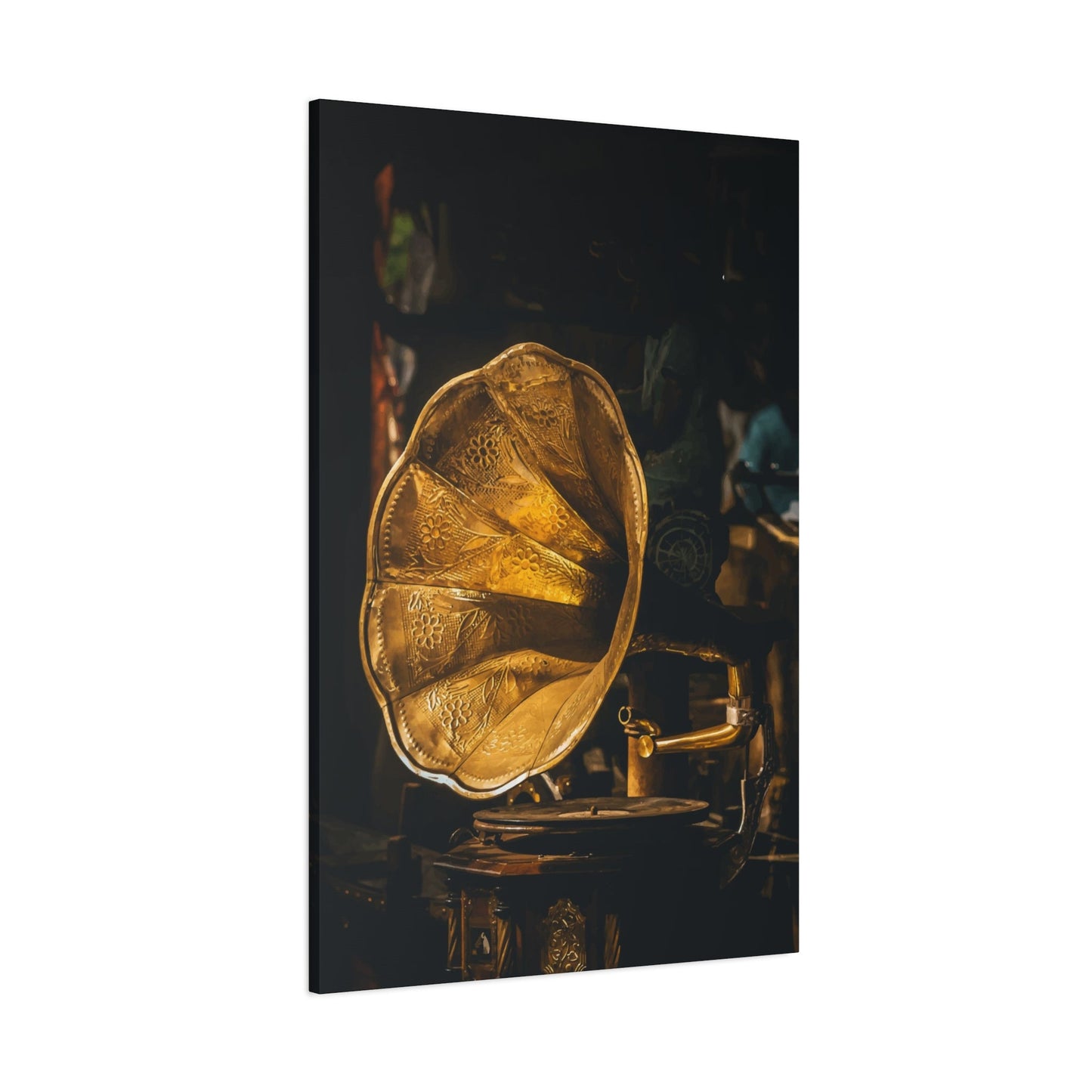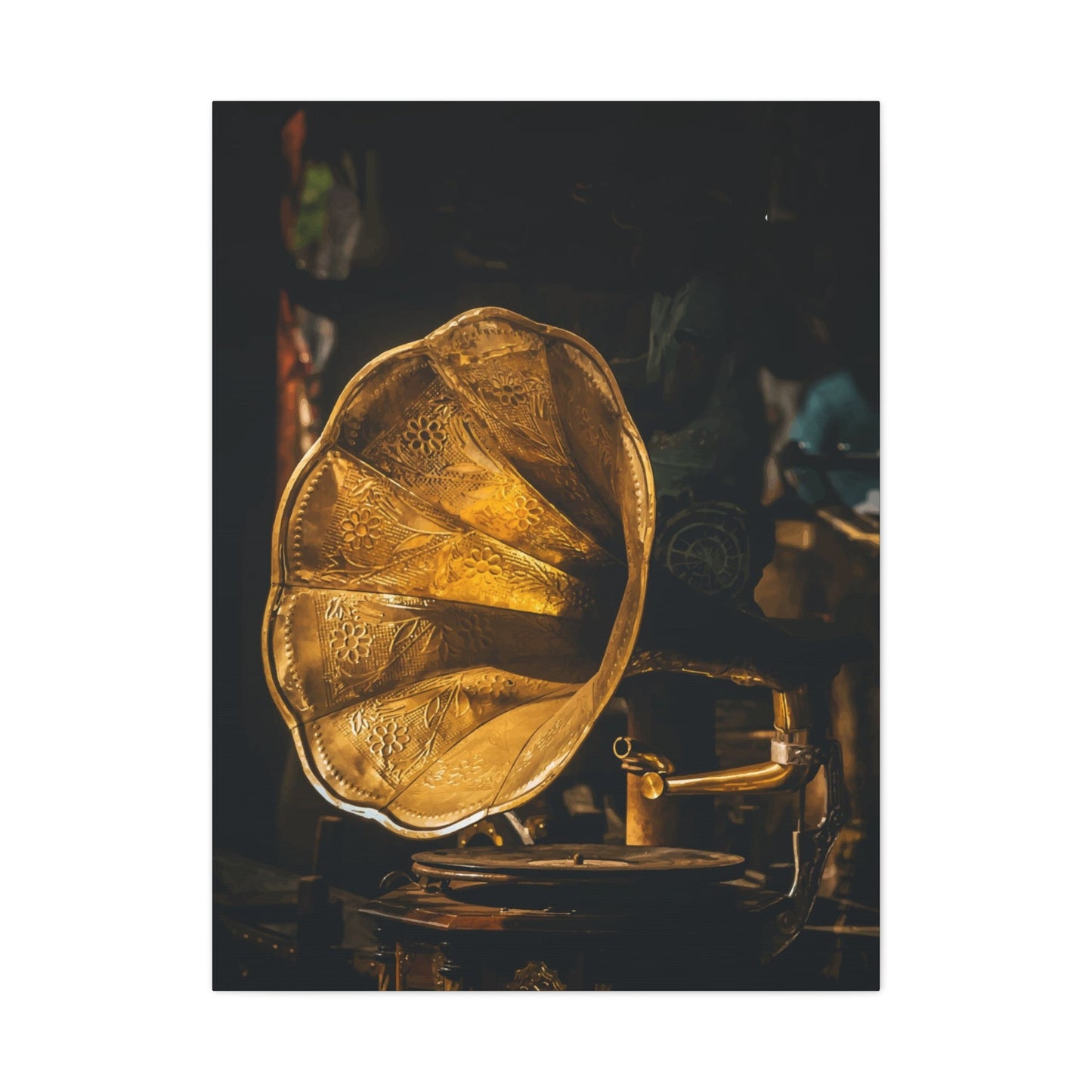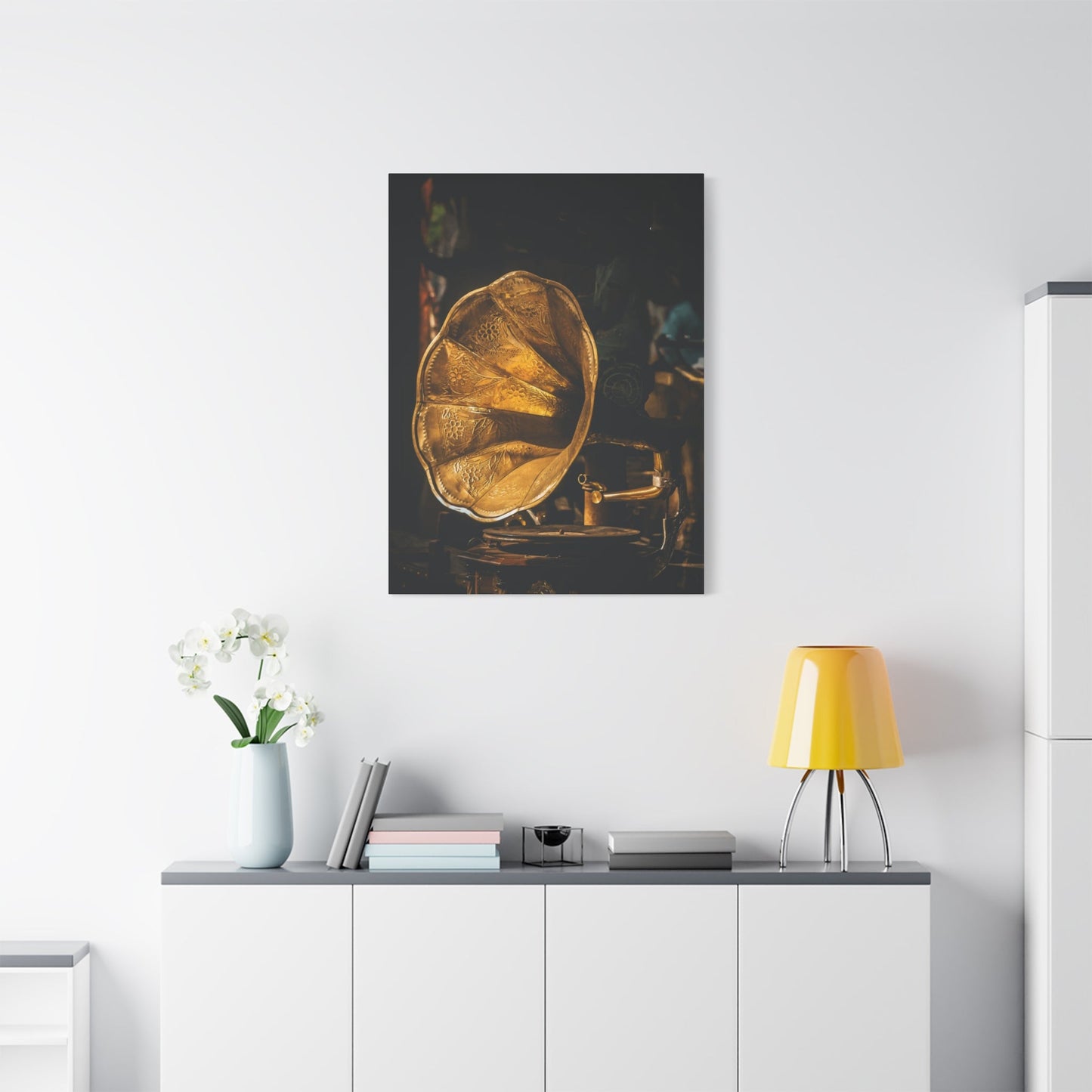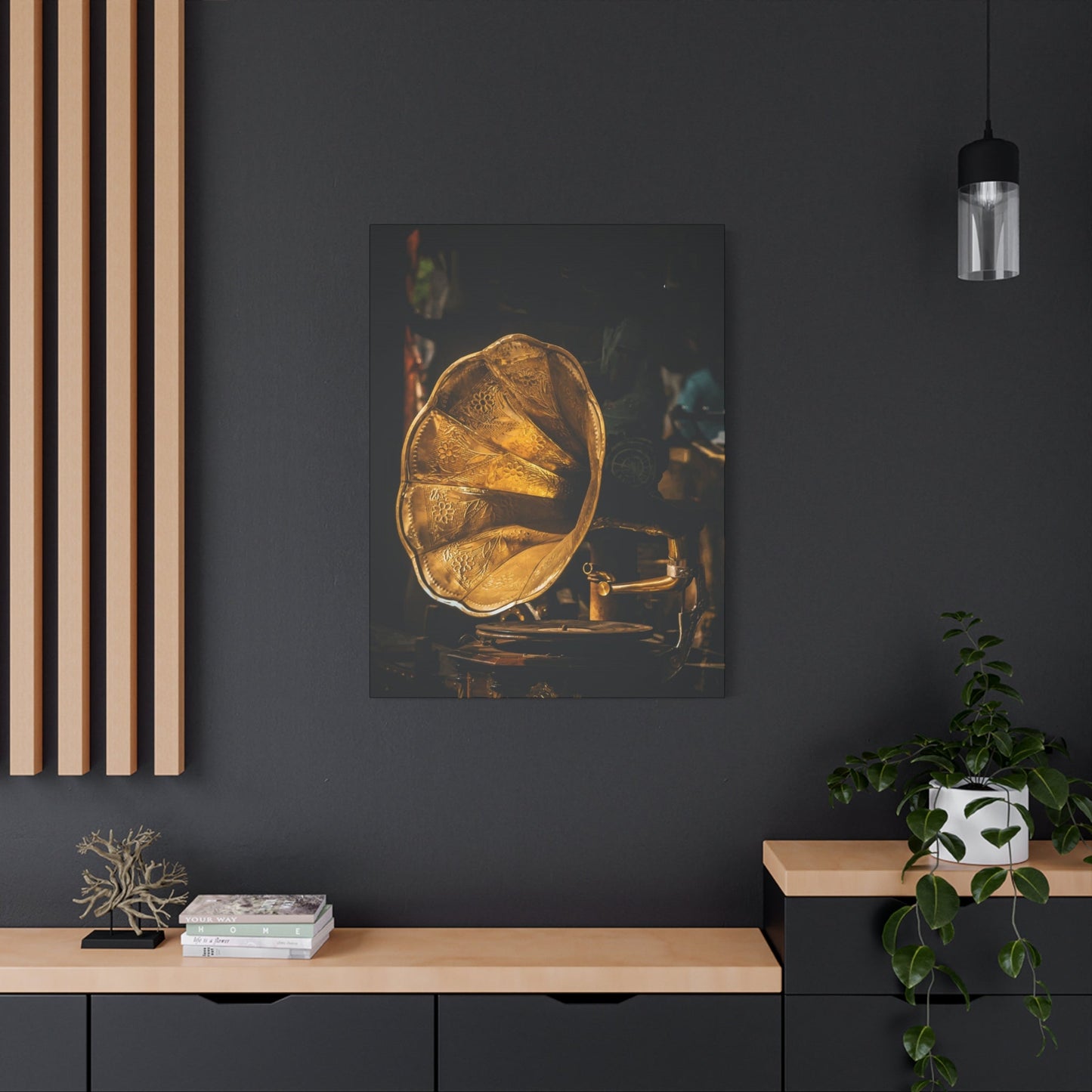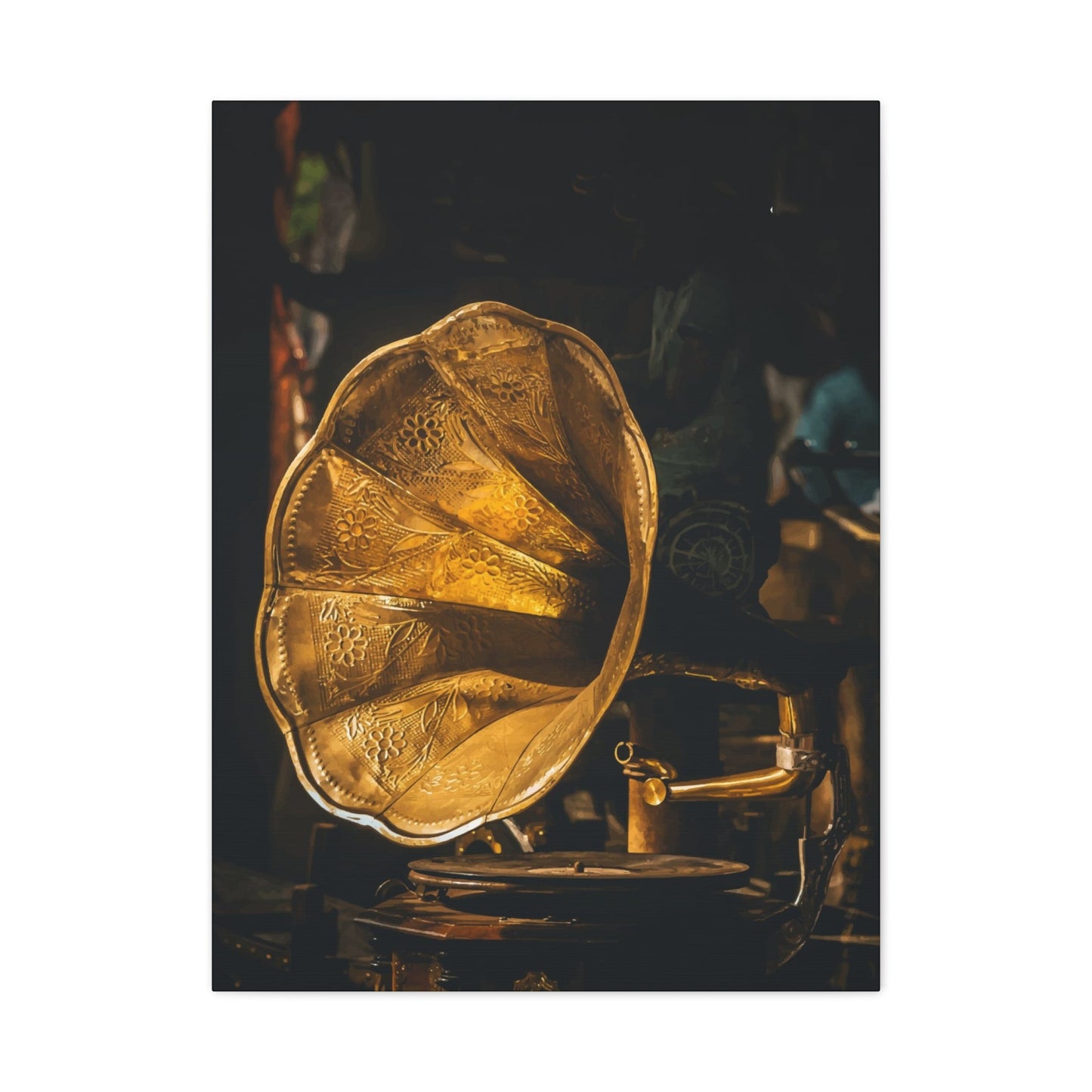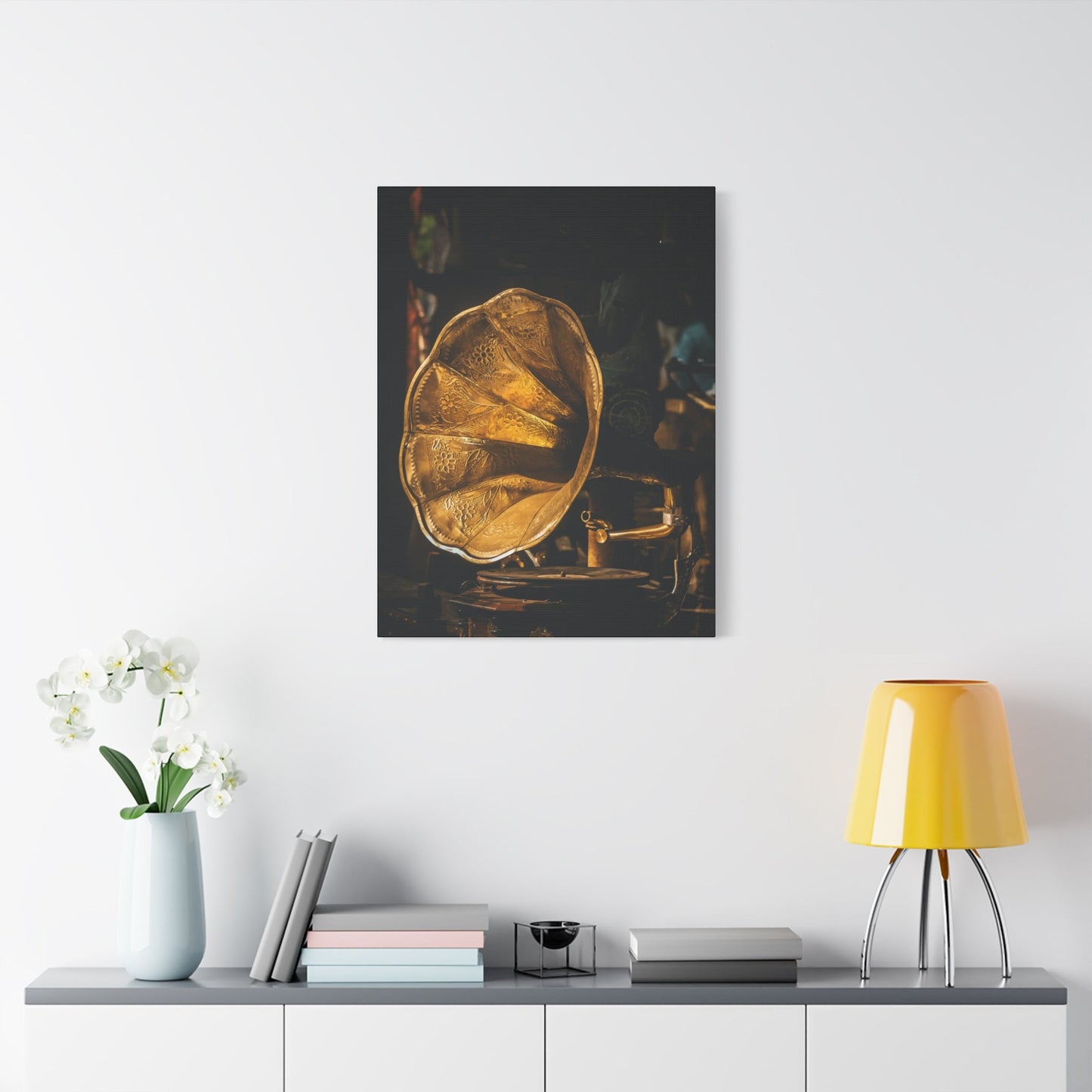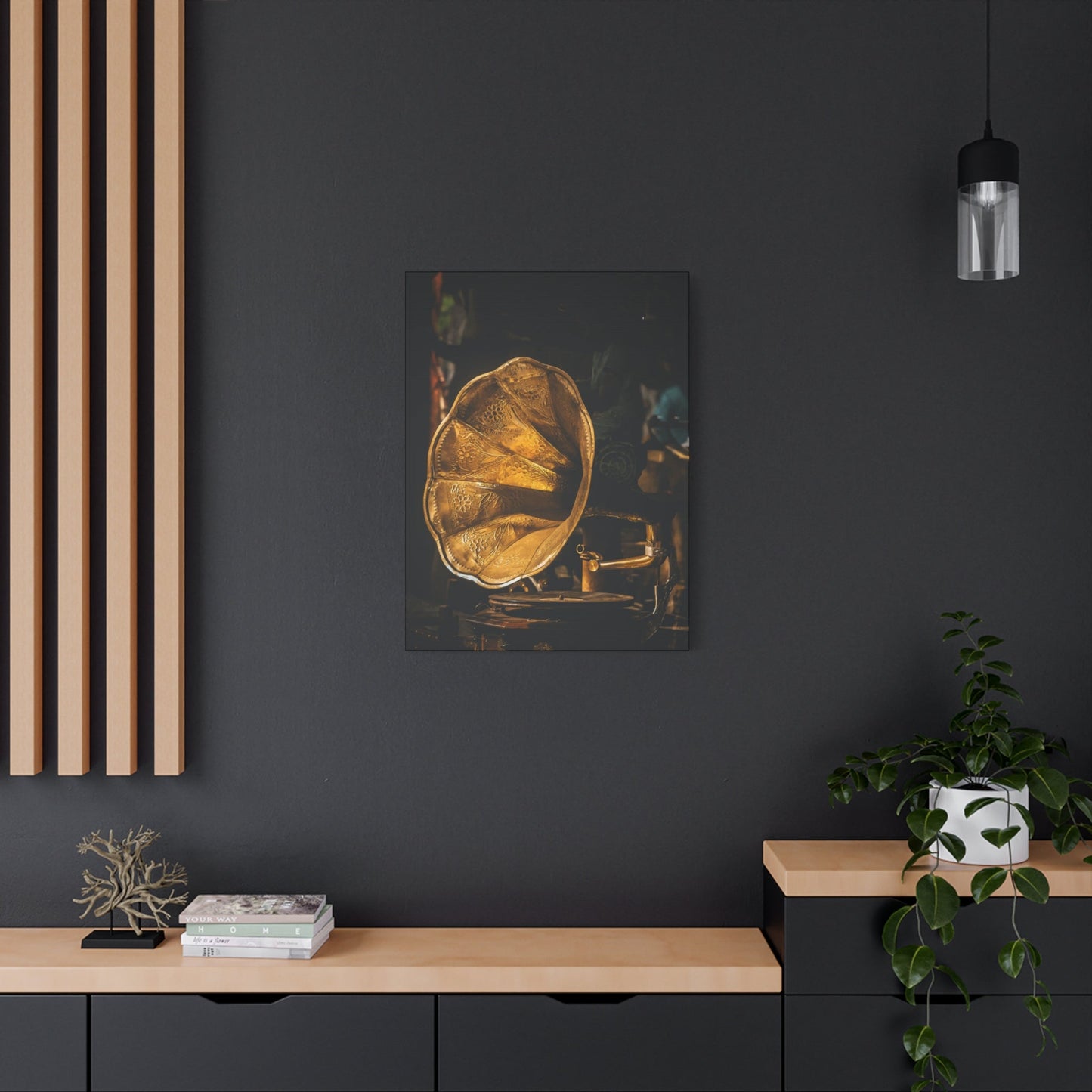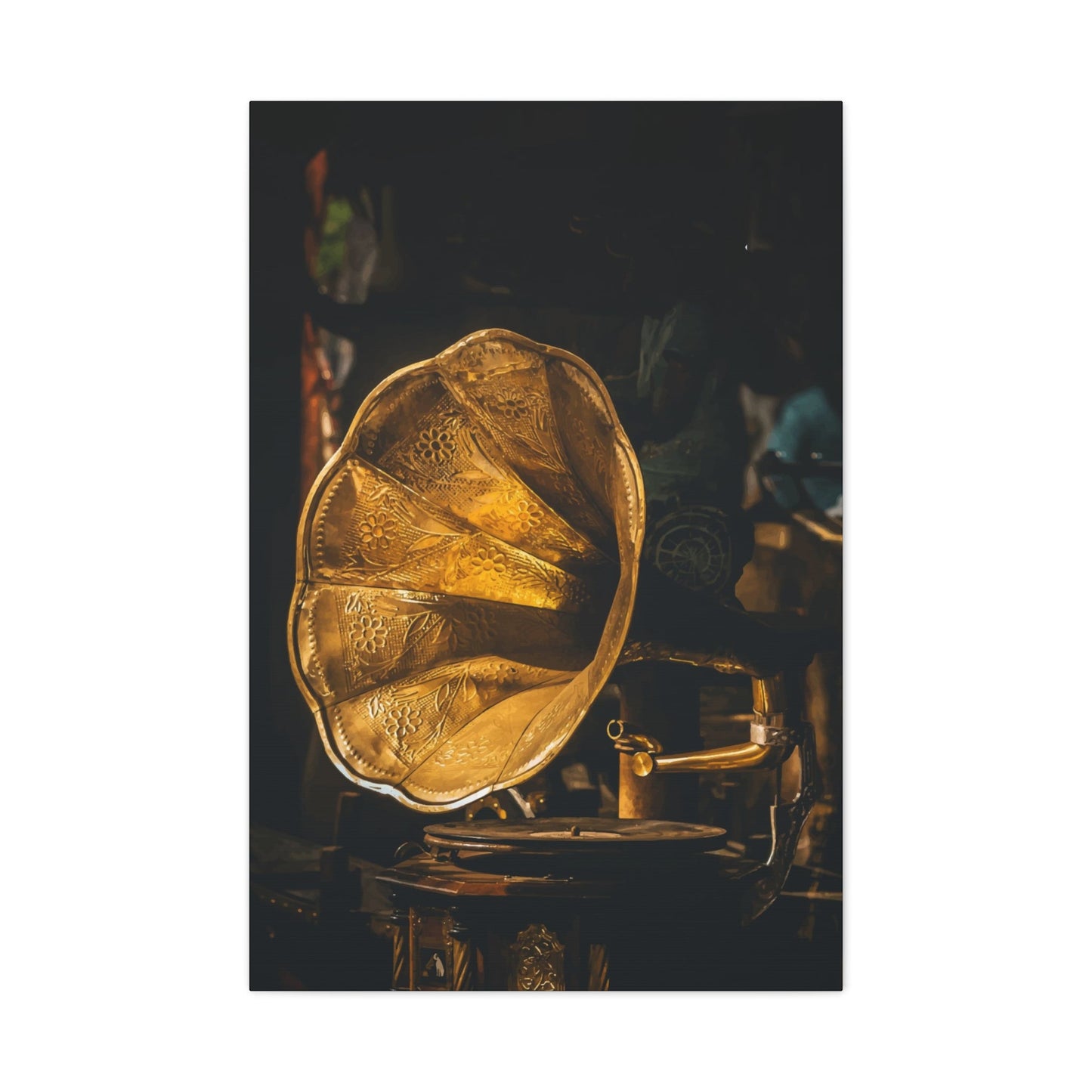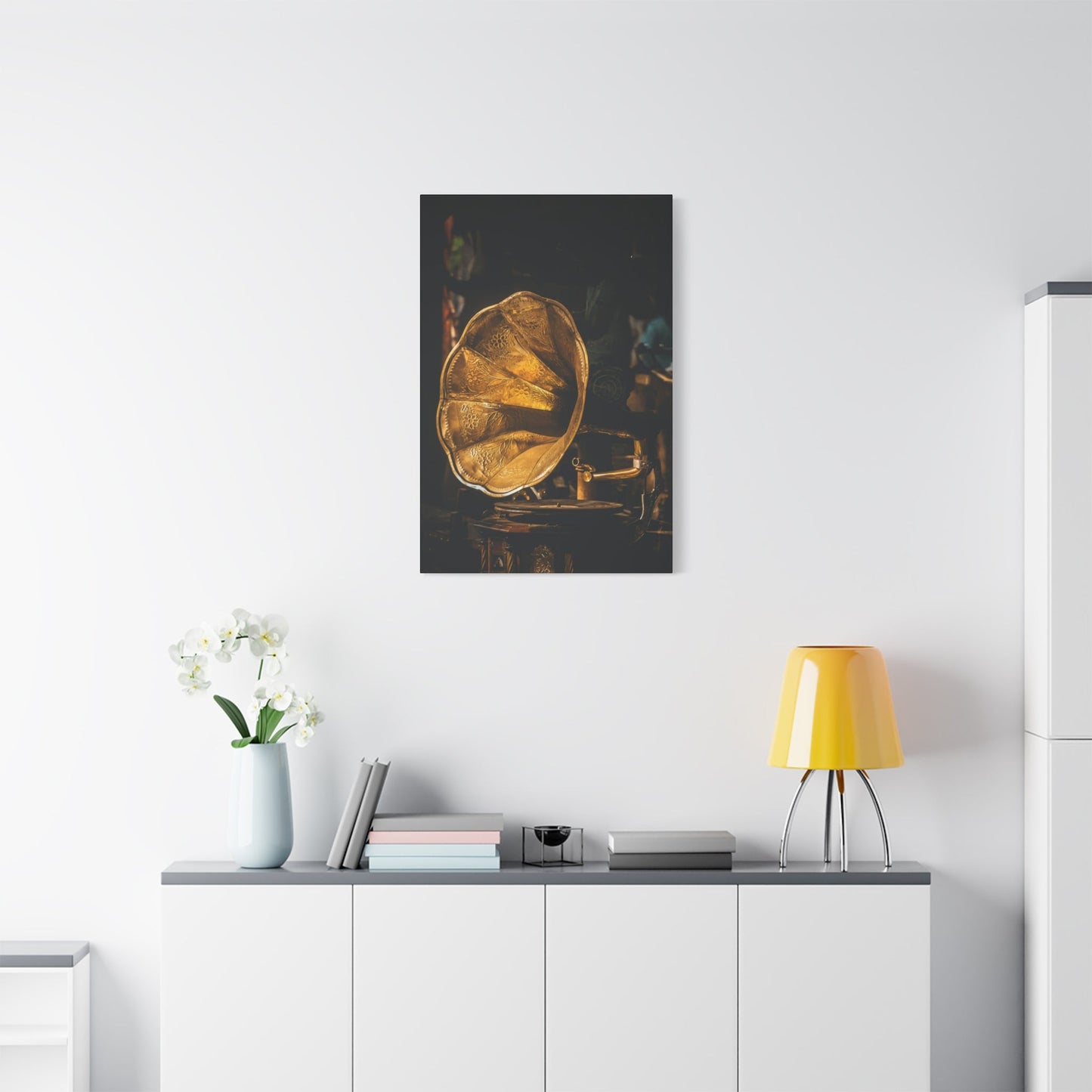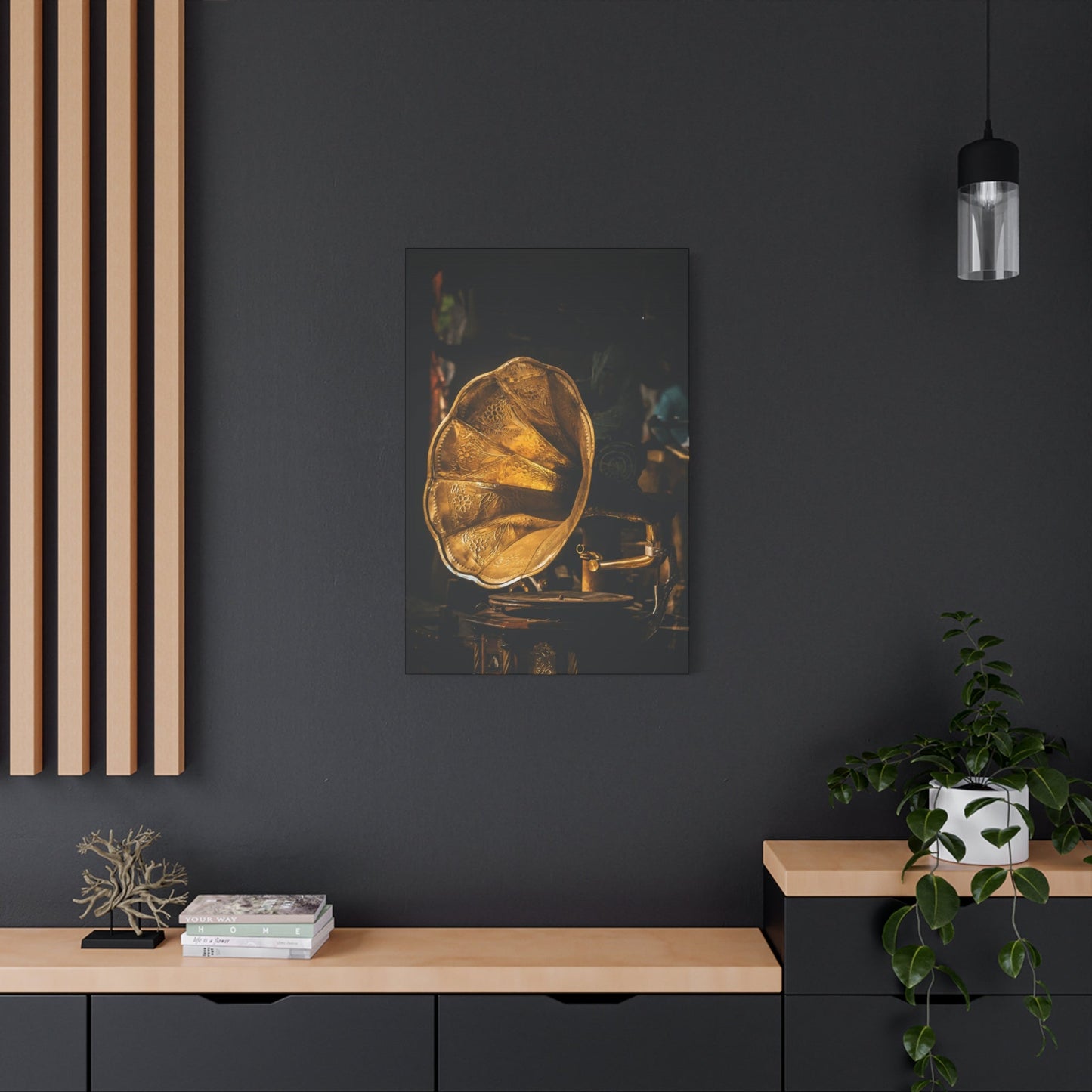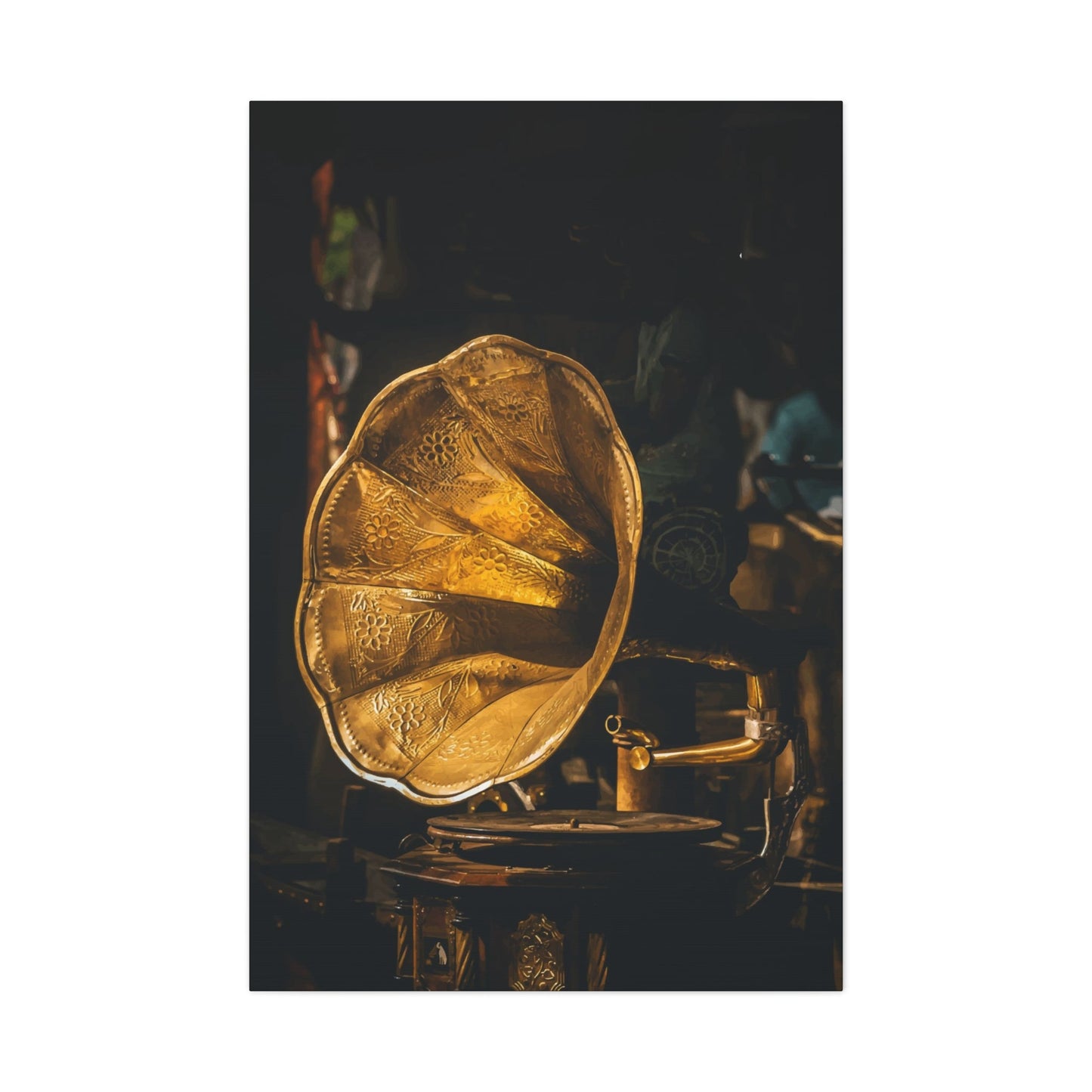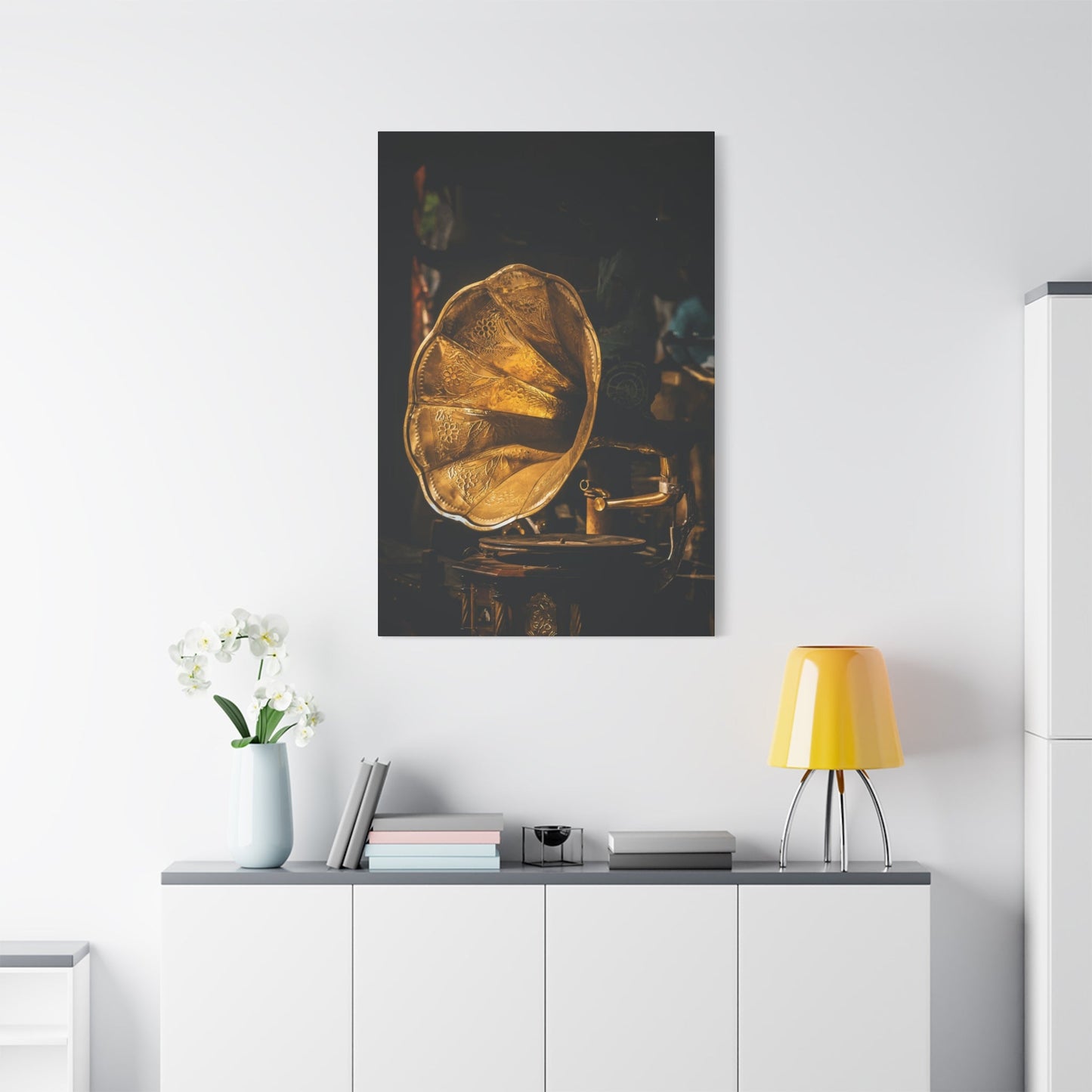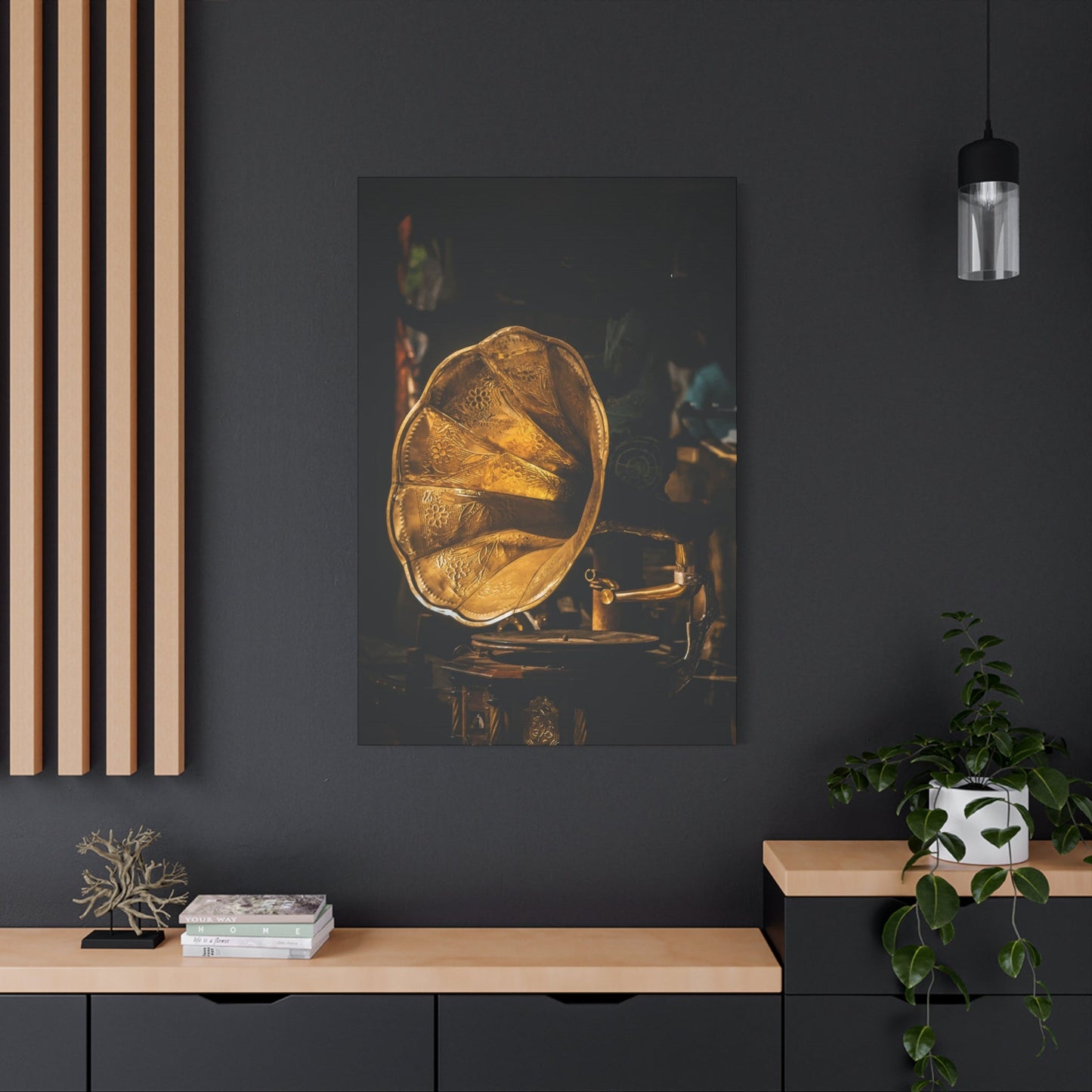Timeless Elegance: Stunning Vintage Wall Art for Your Home
The allure of aged artwork continues to captivate homeowners and interior design enthusiasts who seek to infuse their spaces with character, warmth, and a sense of history. Pieces from bygone eras offer more than mere decoration; they serve as windows into different times, telling stories through faded colors, weathered textures, and iconic imagery that modern reproductions simply cannot replicate. Whether you are drawn to the ornate elegance of Victorian illustrations, the bold graphics of mid-century advertising, or the delicate beauty of hand-drawn botanical studies, incorporating nostalgic pieces into your home creates an environment rich with personality and depth.
The resurgence of interest in historical artwork reflects a broader cultural movement toward authenticity and sustainability. In an age dominated by mass-produced items and digital imagery, there is something profoundly satisfying about displaying artwork that has survived decades or even centuries. These pieces carry with them the patina of time, the craftsmanship of skilled artisans, and the aesthetic sensibilities of their respective eras. They remind us of slower times, different values, and artistic traditions that prioritized detail and durability over speed and disposability.
What makes aged artwork particularly appealing is its versatility. Contrary to popular belief, these historical pieces do not confine you to a single decorating style. They can be seamlessly integrated into contemporary settings, rustic farmhouses, industrial lofts, or traditional homes. The key lies in understanding how to select, display, and care for these treasures in ways that honor their origins while making them relevant to modern living. This comprehensive exploration will guide you through every aspect of incorporating nostalgic artwork into your spaces, from sourcing authentic pieces to creating stunning displays that reflect your personal style.
Timeless Style Through Historical Artwork
Historical artwork possesses an enduring quality that transcends temporary design trends. Unlike contemporary pieces that may feel dated within a few years, artwork from earlier periods has already proven its staying power. The aesthetic principles that made these pieces appealing decades ago continue to resonate today, offering a stability and permanence that modern interiors often lack. This timeless quality stems from several factors, including superior craftsmanship, classic design principles, and the authentic materials used in their creation.
Pieces from the early twentieth century often showcase meticulous attention to detail that is rarely seen in mass-produced modern art. Lithographs, etchings, and hand-colored prints required significant skill and time to produce, resulting in artwork that displays remarkable depth and complexity. The color palettes used in these pieces tend to be more subdued and sophisticated than those found in contemporary art, featuring muted tones, sepia shades, and carefully balanced compositions that create a sense of harmony rather than demanding attention through bold contrast.
The timeless appeal of aged artwork also lies in its ability to evoke emotion and nostalgia. Looking at a worn poster advertising a long-defunct railway line or a faded advertisement for a product no longer manufactured creates a connection to the past that feels both personal and universal. These pieces remind us of simpler times, triggering memories or creating imagined connections to eras we never experienced firsthand. This emotional resonance gives historical artwork a depth that purely decorative modern pieces often lack.
Incorporating timeless pieces into your home creates visual anchors that ground your entire design scheme. While trendy accessories and fashionable colors may change with the seasons, a well-chosen historical piece remains constant, providing continuity and character. These works serve as conversation starters, inviting guests to examine details, ask questions about origins, and share their own memories or associations with similar imagery. This interactive quality makes historical artwork not just a decorative element but a meaningful component of your living space.
The patina and imperfections found in aged artwork contribute significantly to its timeless appeal. Unlike pristine modern prints, historical pieces often bear the marks of their journey through time—faded edges, subtle discoloration, minor tears, or foxing. Rather than detracting from their value, these imperfections add authenticity and character. They serve as physical evidence of the piece's age and history, making each item unique and irreplaceable. This one-of-a-kind quality is increasingly valued in a world saturated with identical, mass-produced items.
When selecting timeless pieces for your space, consider artwork that reflects universal themes rather than specific trends. Landscapes, botanical illustrations, anatomical drawings, maps, and architectural prints have appealed to people across generations and continue to do so today. These subjects possess an inherent beauty and interest that does not depend on contemporary cultural references or fleeting fashions. They work equally well in traditional and modern settings, providing flexibility as your tastes and decorating styles evolve over time.
Blending Historical and Contemporary Decorative Elements
Creating a cohesive interior that successfully combines historical artwork with contemporary furnishings requires thoughtful planning and an understanding of design principles. The juxtaposition of old and new creates visual interest and depth that purely period or purely modern spaces often lack. This approach, sometimes called eclectic or transitional design, allows you to honor the past while embracing the conveniences and aesthetics of modern living. The key is achieving balance so that neither element overwhelms the other.
Begin by identifying a unifying element that will tie historical pieces to your contemporary furnishings. This might be a color palette, a particular material, or a design motif that appears in both old and new elements. For example, if your modern furniture features clean lines and neutral tones, select aged artwork that shares these characteristics, such as minimalist line drawings, architectural prints, or botanical illustrations with simple compositions. Alternatively, if your contemporary space includes bold accent colors, choose historical pieces that feature complementary shades, creating color harmony across eras.
The scale and proportion of historical artwork relative to modern furnishings play a crucial role in successful integration. A large, ornate framed piece can serve as a focal point above a streamlined contemporary sofa, creating an intentional contrast that highlights the best qualities of both elements. Conversely, grouping smaller historical pieces together in a gallery wall arrangement can prevent them from appearing lost or insignificant against oversized modern furniture. Pay attention to visual weight, ensuring that the presence of historical artwork balances rather than competes with contemporary elements.
Framing choices significantly impact how well historical pieces integrate with modern decor. While elaborate gilt frames may suit traditional interiors, simpler frames often work better in contemporary settings. Consider using clean-lined frames in materials like natural wood, matte black metal, or even lucite to give aged artwork a modern presentation. This approach preserves the historical character of the artwork itself while updating its presentation to suit contemporary aesthetics. Alternatively, floating frames or gallery-style mounting can create a museum-like quality that works beautifully in minimalist spaces.
Lighting is another critical consideration when blending old and new. Historical artwork often benefits from warm, focused lighting that mimics the ambient light of earlier eras and highlights the subtle colors and details of aged prints. In contrast, contemporary spaces often feature cooler, more diffused lighting. By installing adjustable picture lights or track lighting specifically for historical pieces, you can create warm pools of illumination that set these works apart while maintaining the overall modern lighting scheme of your space.
Strategic placement helps historical artwork coexist harmoniously with contemporary elements. Rather than distributing aged pieces randomly throughout a space, concentrate them in specific areas where they can make a cohesive statement. An entire wall devoted to historical botanical prints creates a deliberate focal point, while a single striking poster positioned above a modern credenza becomes an intentional design choice rather than an accidental mismatch. Consider creating distinct zones within larger rooms, with some areas leaning more contemporary and others celebrating historical elements.
Botanical Illustrations from Earlier Periods
Botanical illustrations from the eighteenth, nineteenth, and early twentieth centuries represent some of the most beloved and accessible forms of historical artwork. These detailed renderings of plants, flowers, and trees served scientific and educational purposes in their time, documenting botanical specimens with precision and artistry before photography became commonplace. Today, they are prized for their delicate beauty, meticulous detail, and the sense of natural tranquility they bring to interior spaces.
The appeal of historical botanical prints lies partly in their combination of scientific accuracy and artistic sensitivity. Artists who created these illustrations worked from live specimens, carefully observing and recording every detail of leaf structure, petal arrangement, and stem formation. Many prints were hand-colored using watercolors, resulting in soft, naturalistic hues that have mellowed beautifully over time. The faded quality of aged botanical prints creates a romantic, nostalgic atmosphere that feels both elegant and approachable.
Different periods produced distinct styles of botanical illustration, allowing collectors to choose pieces that match their aesthetic preferences. Victorian-era prints often feature ornate borders, Latin nomenclature, and compositions that emphasize decorative appeal alongside scientific accuracy. Earlier Georgian prints tend to be simpler and more strictly scientific in their presentation, while Art Nouveau botanical illustrations incorporate flowing lines and stylized elements that reflect the artistic movement of that period. Understanding these stylistic differences helps you select pieces that work well together and suit your overall design vision.
Botanical prints work exceptionally well in various rooms throughout the home. In kitchens, illustrations of herbs, vegetables, and fruits create a connection to cooking and nourishment. Bedrooms benefit from the calming influence of floral prints, particularly those featuring soft pinks, lavenders, and greens. Bathrooms gain a spa-like quality when decorated with botanical specimens, especially ferns, water plants, and tropical species. Living areas can accommodate larger, more dramatic botanical prints or collections of smaller coordinated pieces.
Sourcing authentic botanical prints requires some knowledge and patience. Original prints from scientific publications, seed catalogs, and botanical reference books occasionally appear at estate sales, antique shops, and specialized dealers. These genuine articles, even if removed from their original bindings, possess a quality and character that distinguishes them from modern reproductions. Look for signs of age such as slightly yellowed paper, visible plate marks from the printing process, and hand-coloring that shows subtle variations. The paper quality itself often reveals age, with older prints typically printed on heavier, more textured stock than modern versions.
Creating cohesive displays with botanical illustrations allows you to maximize their visual impact. Grouping prints by species—all herbs, all roses, all trees—creates thematic unity. Alternatively, arranging prints by color palette produces a harmonious effect even when the specimens vary widely. Grid arrangements work beautifully with botanical prints of similar size, while asymmetrical groupings can accommodate pieces of different dimensions. Consider the backing and matting as well, with cream or natural tones generally working better than stark white, which can create harsh contrast with aged paper.
Creating Inviting Atmospheres with Historical Artwork
The right artwork possesses the power to transform a cold, impersonal space into a warm, inviting environment where people feel comfortable and at ease. Historical pieces excel at this transformation because they inherently carry a sense of lived experience and accumulated memory. Unlike brand-new artwork that can feel sterile or impersonal, aged pieces bring instant warmth and character to a room, making spaces feel established and welcoming from the moment they are hung.
Color plays a crucial role in how artwork affects the mood of a space. Historical pieces typically feature softer, more muted color palettes than contemporary art, with tones that have mellowed over decades of exposure to light and air. These subdued colors create a calming effect, reducing visual stimulation and promoting relaxation. Sepia-toned photographs, faded advertisements in rust and cream, and botanical prints in gentle greens and pinks contribute to a restful atmosphere that encourages people to slow down and settle in.
The subject matter of historical artwork also influences the ambiance of a room. Scenes of domestic life, pastoral landscapes, and familiar objects create a sense of comfort and familiarity. Artwork depicting cozy interiors, such as illustrations of well-appointed libraries or warm kitchens, subtly suggests that your own space is similarly inviting. Animal portraits, particularly of domesticated creatures like dogs, cats, and horses, add a sense of companionship and warmth. Even commercial artwork from earlier eras, such as advertising posters for household goods, can evoke nostalgia for simpler, more settled times.
Texture contributes significantly to the cozy quality of aged artwork. The physical texture of old paper, the slight buckling of aged prints, the weave of canvas, and the patina of frames all add tactile interest that flat, smooth modern prints cannot match. This textural variety creates depth and richness in a room, making it feel more layered and considered. When multiple historical pieces with different textures are grouped together, they create a collected-over-time appearance that feels organic and personal rather than staged and deliberate.
Strategic placement of historical artwork enhances its ability to create warmth. Hanging pieces at eye level or slightly below encourages intimate viewing and makes spaces feel more human-scaled. Positioning artwork in areas where people naturally gather—above seating areas, in dining rooms, along hallways—ensures that these pieces actively contribute to the social atmosphere of your home. Avoid hanging everything at the same height or spacing pieces too regularly, which can feel rigid and formal. Instead, allow slight variations that mimic the casual accumulation of a lifetime of collecting.
Layering is another effective technique for creating inviting spaces with historical artwork. Rather than mounting every piece flat against walls, consider leaning some on mantels, shelves, or console tables. This relaxed approach makes artwork feel less precious and more accessible, contributing to a lived-in quality. Mix framed pieces with unframed prints, combine different frame styles, and intersperse artwork with other meaningful objects like books, plants, and personal mementos. This curated but casual approach creates spaces that feel genuinely welcoming rather than overly designed.
Handcrafted Projects for Historical Wall Displays
Creating your own historically inspired wall displays offers both creative satisfaction and budget-friendly decorating solutions. While acquiring authentic aged artwork can be expensive and time-consuming, numerous techniques allow you to achieve similar aesthetic effects using readily available materials. These projects also provide opportunities for customization, letting you create pieces that perfectly suit your specific space, color scheme, and personal interests.
One of the most accessible approaches involves sourcing high-resolution images of public domain artwork. Many museums, libraries, and archives have digitized their collections and made them freely available online. Botanical illustrations, maps, anatomical drawings, and other scientific illustrations from before the 1920s are often in the public domain, meaning they can be legally downloaded, printed, and displayed. Print these images on high-quality paper or canvas, then artificially age the prints using techniques like tea staining, which creates a convincing aged appearance by adding warm, yellowed tones to white paper.
Tea staining is remarkably simple and effective. Brew several tea bags in hot water, creating a strong, dark solution. Allow your prints to soak in the cooled tea for varying lengths of time depending on how aged you want them to appear, typically anywhere from a few minutes to several hours. Remove prints carefully and allow them to dry flat. For additional authenticity, crumple the paper slightly before staining to create subtle creases, or use a lighter flame to carefully singe the edges for a weathered appearance. These techniques transform crisp modern prints into convincingly aged pieces.
Decoupage offers another creative approach to historical-inspired wall art. This technique involves adhering paper images to various surfaces using special glue or medium, then sealing them with additional layers of coating. You can decoupage historical images onto wooden plaques, canvas panels, or even directly onto furniture. The layering process creates depth and a slightly aged appearance, especially when you deliberately allow bubbles, wrinkles, or imperfections to remain. Sanding the edges after the medium dries creates a worn, distressed effect that enhances the historical feeling.
Creating gallery walls from collected ephemera provides another avenue for historically inspired displays. Old book pages, sheet music, vintage postcards, and pages from outdated calendars or catalogs can be framed individually or grouped together. Visit thrift stores, library sales, and estate sales to find damaged books that can be respectfully repurposed for their beautiful illustrations or typography. These genuine historical items, even if not particularly valuable, carry authentic age and character. Arranging them in cohesive groupings creates visually interesting displays that tell stories about particular eras, themes, or interests.
Transfer techniques allow you to move images from paper onto wood, fabric, or other surfaces, creating unique textured pieces. Image transfer medium or gel medium can transfer photocopied or laser-printed images onto painted wood panels, creating artwork that looks painted or printed directly on wood. The process involves coating the image with medium, pressing it face-down onto the prepared surface, allowing it to dry, then carefully removing the paper backing to reveal the transferred image. This technique works beautifully with historical images, creating pieces that look authentically aged and professionally produced.
Framing deserves special attention in handcrafted historical projects. Even the most convincingly aged print will look modern if placed in a shiny new frame. Seek out frames from thrift stores, estate sales, or resale shops. These genuine old frames contribute authentic character to your displays. Clean them gently but allow their patina and minor imperfections to remain. If you cannot find suitable vintage frames, new frames can be aged using paint techniques like distressing, antiquing glazes, or milk paint, which naturally chips and wears to create an aged appearance.
Nostalgic Posters That Evoke Memory
Advertising posters and promotional materials from earlier decades possess a unique ability to transport us to specific times and places. These commercial artworks were created to capture attention and sell products, yet they have transcended their original purposes to become cherished decorative items. The bold graphics, optimistic messaging, and iconic imagery of mid-century advertising posters, in particular, evoke powerful feelings of nostalgia for periods that many people never personally experienced.
The visual language of historical advertising differs dramatically from contemporary marketing. Earlier posters relied on illustration rather than photography, resulting in stylized, artistic representations that feel more timeless than literal photographic images. The typography used in these posters reflects the design sensibilities of specific eras, from Art Deco letterforms of the 1920s and 1930s to the bold, sans-serif fonts of mid-century modernism. These design elements instantly communicate period and evoke the cultural atmosphere of their times.
Travel posters from the early to mid-twentieth century represent some of the most sought-after examples of nostalgic advertising art. Railways, airlines, steamship companies, and tourism boards commissioned talented artists to create romantic, idealized visions of destinations. These posters promoted travel as glamorous adventure, depicting exotic locations, luxurious accommodations, and sophisticated travelers. The artistic style of travel posters evolved across decades, from realistic illustrations to increasingly stylized and graphic representations, providing collectors with diverse options that suit different decorating preferences.
Product advertising posters offer another rich category of nostalgic imagery. Vintage advertisements for automobiles, household appliances, food products, and beverages capture not just the products themselves but the aspirational lifestyles marketers associated with them. These posters reveal fascinating details about how people lived, what they valued, and how companies sought to appeal to consumers in different eras. A poster advertising a 1950s kitchen appliance, for example, provides a window into post-war domestic ideals, gender roles, and design aesthetics.
Entertainment posters, particularly those promoting films, concerts, and theatrical productions, carry powerful nostalgic appeal. Movie posters from Hollywood's golden age feature painted illustrations rather than photographic stills, creating iconic images that have become inseparable from the films themselves. Concert posters from various musical eras document the evolution of popular culture and design trends. These pieces appeal not just to general nostalgia but to specific memories and associations people have with particular movies, musicians, or performances.
Displaying nostalgic posters effectively requires consideration of their visual impact and scale. Many historical posters were designed to be viewed from a distance and feature bold, simplified graphics that work beautifully as large-scale displays. A single oversized travel poster can anchor an entire wall, creating a dramatic focal point. Alternatively, collecting and displaying multiple smaller posters in a grid or salon-style arrangement creates a museum-like quality that emphasizes their historical and artistic significance.
Authenticity varies considerably in the poster market. Original posters printed during the actual time period they advertise are rare and often expensive. However, authorized reissues and reproductions can provide similar visual appeal at accessible prices. Many museums and archives have created high-quality reproductions of posters from their collections, offering affordable options that still carry cultural and historical significance. When purchasing reproductions, look for those printed using appropriate techniques and materials that honor the original rather than cheap digital prints that lack character.
Budget-Conscious Approaches to Historical Artwork
Building a collection of historical artwork does not require unlimited funds or access to high-end antique dealers. Numerous strategies allow budget-conscious collectors to acquire authentic pieces or convincing alternatives that deliver the aesthetic and emotional benefits of aged artwork without significant expense. Understanding where and how to look, what represents good value, and how to identify quality among inexpensive options makes historical artwork accessible to everyone.
Estate sales represent one of the best sources for affordable historical artwork. When families liquidate the contents of a home, decorative items including framed prints, paintings, and posters often sell for modest prices because the focus is on furniture and valuable collectibles. Arrive early for best selection, but late in the sale for lowest prices as sellers become motivated to clear remaining items. Look beyond the obvious, checking behind doors, in closets, and in boxes of miscellaneous items where smaller prints and ephemera may be overlooked by other shoppers.
Thrift stores and charity shops receive constant donations of framed artwork, much of it genuinely old even if not particularly valuable. Visit regularly, as inventory changes frequently. Focus on pieces with authentic age indicators rather than worrying about artist recognition or monetary value. A faded botanical print or sepia photograph in an original frame may cost only a few dollars but provide exactly the aesthetic you are seeking. Remember that artwork with minor damage like small tears, foxing, or faded areas costs less but often looks more authentically aged once displayed.
Online marketplaces and auction sites offer access to historical artwork from around the world, though they require more research and caution than in-person shopping. Search for specific terms like the era, subject matter, or printing technique rather than generic terms like old art. Set strict price limits to avoid bidding wars that drive costs beyond your budget. Factor in shipping costs, which can be substantial for framed items. Check seller ratings and return policies carefully, as photographs can misrepresent condition and color.
Flea markets and antique malls provide middle-ground options between estate sales and established antique dealers. Vendors at these venues typically price items below formal antique shop levels while still curating for quality. Building relationships with vendors can lead to better prices, advance notice of new inventory, and willingness to negotiate. Visit regularly, as inventory changes when vendors restock. Don't hesitate to negotiate politely, especially when buying multiple items or when pieces have minor condition issues.
Library and book sales offer unexpected opportunities to acquire historical prints. Damaged or outdated books with plates, illustrations, or maps can often be purchased for minimal cost. While removing intact pages from valuable books should be avoided, books already damaged or common editions of reference works with removable plates provide legitimate sources for historical imagery. Botanical reference books, medical texts, architectural pattern books, and illustrated encyclopedias often contain beautiful prints suitable for framing.
Creating your own aged artwork using reproduction prints represents the most budget-friendly option while still achieving authentic visual appeal. Download public domain images from museum websites, library archives, and specialized repositories. Print on quality paper using settings that produce slightly muted colors rather than vibrant modern tones. Frame in inexpensive but appropriate frames that complement rather than overwhelm the prints. A thoughtfully assembled collection of reproduction prints can deliver nearly the same aesthetic impact as expensive originals at a fraction of the cost.
Maintaining and Protecting Historical Pieces
Historical artwork represents an investment in both monetary and sentimental value, making proper care essential for preserving these pieces for future generations. Age makes artwork increasingly fragile, with paper becoming brittle, colors fading, and materials degrading over time. Understanding proper conservation techniques helps protect your collection while maintaining the authentic patina and character that makes historical pieces appealing. The goal is preservation without over-restoration, maintaining the balance between protection and authentic aging.
Light exposure poses the greatest threat to historical artwork, particularly prints and photographs. Ultraviolet light causes fading, yellowing, and deterioration of paper and pigments. Never hang valuable historical pieces in direct sunlight or under strong artificial light. Choose locations away from windows, or use window treatments that filter UV rays. When displaying artwork in well-lit areas, consider using UV-filtering glass or acrylic in frames. For particularly valuable or fragile pieces, limit exposure to ambient light and avoid spotlights or picture lights that concentrate illumination.
Humidity control is equally important for preserving paper-based artwork. High humidity encourages mold growth, foxing, and warping, while extremely dry conditions make paper brittle and prone to tearing. Maintain relative humidity between forty and fifty percent if possible, using dehumidifiers in damp areas or humidifiers in dry climates. Avoid hanging artwork in bathrooms, basements, or other areas where humidity fluctuates significantly. Ensure adequate air circulation around framed pieces by leaving slight space between frames and walls rather than mounting them flush.
Temperature stability helps preserve historical artwork over time. Dramatic temperature fluctuations cause expansion and contraction of paper, canvas, and frame materials, leading to warping, cracking, and separation. Avoid hanging artwork above radiators, heating vents, or fireplaces. Maintain consistent room temperature year-round when possible. If moving artwork between locations with different temperatures, allow pieces to acclimate gradually rather than immediately unwrapping and hanging them in the new environment.
Proper framing provides the first line of defense for historical prints and drawings. Acid-free materials are essential, as acidic materials continue to degrade paper even after framing. Use acid-free mats, backing boards, and mounting corners rather than adhesives that can damage or permanently alter artwork. Ensure adequate spacing between the artwork and glazing to prevent condensation contact. Sealed backs protect against dust, insects, and pollutants while allowing the frame to breathe. Professional framers experienced with conservation techniques can ensure proper materials and methods are used.
Handling historical artwork requires care and attention. Always handle pieces with clean, dry hands or wear cotton gloves when touching particularly fragile items. Support the entire piece rather than holding it by one edge, which can cause tears or creases. Avoid touching the surface of artwork directly, as skin oils transfer to paper and canvas, causing staining and degradation over time. When moving framed pieces, hold frames securely and avoid pressure on glazing, which could crack and damage the artwork.
Cleaning historical artwork should be approached cautiously and minimally. For framed pieces, clean only the exterior of glazing and frames using appropriate gentle cleaners and soft cloths. Never spray cleaner directly onto frames, as moisture can seep behind glazing and damage artwork. For unframed pieces, remove only surface dust using a soft, natural-bristle brush with gentle downward strokes. Never attempt to clean stains, foxing, or discoloration yourself, as inappropriate cleaning can cause irreversible damage. Consult professional conservators for valuable pieces requiring more than surface dust removal.
Building Cohesive Historical Wall Displays
Gallery wall arrangements provide an excellent format for displaying collections of historical artwork, creating visual impact through the power of multiple coordinated pieces. Unlike single large artworks that make a statement through size, gallery walls achieve presence through quantity and arrangement, transforming multiple smaller pieces into a cohesive installation. This approach works particularly well with historical artwork, as it mimics the collected-over-time aesthetic of traditional homes while providing flexibility to incorporate pieces of varying sizes, subjects, and eras.
Planning is essential for successful gallery wall installation. Before hammering a single nail, arrange pieces on the floor in your intended layout, taking photographs from above to document the arrangement. This allows you to experiment with different configurations risk-free. Consider the overall shape of the arrangement, whether geometric grid, organic salon-style, or shaped to fill specific architectural features. Measure the available wall space and ensure your arrangement fits appropriately with adequate breathing room around the edges rather than extending to the very limits of the space.
Cohesion in gallery walls can be achieved through various unifying elements even when pieces differ significantly. Color palette provides perhaps the most effective unifier, with pieces sharing similar tones or color families creating harmony despite diverse subjects. Alternatively, subject matter can unify disparate pieces, such as all botanical prints, all maps, or all transportation themes. Frame style offers another unifying option, with consistent frame finishes, materials, or profiles tying together diverse artworks. You might also unify through era, grouping pieces from similar time periods regardless of subject matter.
Spacing between pieces significantly impacts the overall appearance of gallery walls. Consistent spacing creates orderly, intentional arrangements that feel curated and deliberate. Generally, maintain two to three inches between frames for cohesive groupings. Tighter spacing emphasizes the collection as a whole, while wider spacing allows individual pieces more breathing room. In salon-style arrangements where pieces vary considerably in size, consistent spacing becomes even more important for maintaining unity among diverse elements.
Anchor pieces provide focal points within gallery wall arrangements. Identify your most visually striking piece—typically the largest, most colorful, or most detailed work—and position it at eye level near the center of your arrangement. Build around this anchor, balancing visual weight across the composition. Avoid placing all large pieces together on one side, which creates imbalance. Instead, distribute larger pieces throughout the arrangement with smaller pieces filling gaps and providing transitions between major elements.
Grid arrangements work beautifully with historical prints of identical or very similar sizes. The regular, geometric layout creates a modern, organized appearance that provides a contemporary counterpoint to the historical nature of the artwork itself. This works particularly well with sets of botanical prints, architectural drawings, or maps. Ensure pieces are truly evenly spaced and aligned, as even small discrepancies become glaringly obvious in rigid grid layouts. Using a level and precise measurements is essential for achieving the clean, orderly appearance that makes grid arrangements effective.
Salon-style arrangements embrace a more organic, collected appearance with pieces of various sizes grouped together. This traditional approach mimics the way artwork accumulated on walls over time in historical homes. Start with your anchor piece positioned slightly off-center at eye level, then build outward, fitting smaller pieces into the spaces around larger ones. Allow the arrangement to develop organically rather than forcing perfectly symmetrical placement. Step back frequently to assess balance and adjust as needed, ensuring that visual weight distributes evenly across the arrangement despite irregular spacing.
Historical Artwork in Professional Settings
Incorporating aged artwork into office spaces, commercial establishments, and professional environments creates sophisticated atmospheres that communicate stability, attention to detail, and respect for tradition. While contemporary corporate art often feels generic and impersonal, carefully selected historical pieces convey character and substance. They suggest that the business or professional values quality, permanence, and timeless principles rather than chasing every passing trend. This applies equally to home offices, where historical artwork can create a more serious, productive atmosphere distinct from casual living spaces.
Historical maps work exceptionally well in professional settings, particularly businesses with connections to travel, geography, or history. Old city maps, regional surveys, and navigation charts add intellectual interest while serving as conversation pieces with clients and visitors. They communicate attention to detail, appreciation for accuracy, and connection to place or history. For businesses operating in historic buildings or neighborhoods, maps showing the area in earlier eras create meaningful connections to location and heritage.
Architectural prints and technical drawings suit professional environments where precision, planning, and structure matter. Architectural elevations, mechanical drawings, and patent illustrations display the beauty of technical skill and careful planning. These pieces work well in architecture firms, engineering offices, manufacturing businesses, and similar fields where the imagery resonates with the work performed. The precise linework and detailed annotations of historical technical drawings create visually interesting displays that also communicate professional values.
Botanical and scientific illustrations bring natural elements into professional spaces without the maintenance requirements of living plants. In medical offices, dental practices, or pharmaceutical companies, historical anatomical drawings or medical illustrations connect to the professional focus while adding visual interest. Law offices might display historical legal documents or pages from early law books. Financial institutions could incorporate old stock certificates, currency designs, or advertising materials related to banking and commerce.
Transportation themes offer another category well-suited to professional environments. Historical travel posters, railway advertisements, shipping line materials, and automotive advertising work particularly well for businesses in transportation, logistics, hospitality, and travel industries. These pieces evoke the romance and glamour associated with travel while demonstrating connections to industry history. They create positive associations with adventure, reliability, and service that subtly reinforce professional brand messages.
Scale considerations differ somewhat in professional spaces compared to residential environments. Reception areas, lobbies, and conference rooms can accommodate larger pieces or more extensive gallery walls than might be appropriate in homes. Take advantage of generous wall space to create impressive displays that immediately establish atmosphere and character. In individual offices and smaller workspaces, scale down appropriately to avoid overwhelming the space while still incorporating historical elements that personalize and warm the environment.
Lighting receives heightened importance in professional settings where presentations, meetings, and detailed work occur. Ensure that historical artwork does not reflect glare onto screens or into seating areas where people conduct business. Use non-reflective glazing when possible, and position pieces to avoid reflections from windows and overhead lights. Consider lighting artwork with dedicated fixtures that highlight pieces while providing ambient illumination to the space. Properly lit historical artwork elevates professional environments and demonstrates attention to detail.
Distinguishing Between Traditional and Mid-Century Styles
Understanding the differences between classical historical artwork and mid-century pieces helps collectors and decorators make informed choices that suit their personal preferences and interior design goals. While both categories fall under the broad umbrella of historical art, they represent distinctly different aesthetic movements, cultural values, and visual languages. Recognizing these differences allows you to select pieces that authentically represent particular eras and work cohesively with your overall design scheme.
Classical pieces typically refer to artwork from the Victorian era through the early twentieth century, characterized by detailed realism, ornate presentation, and romantic subject matter. This category includes elaborate botanical illustrations, sentimental genre scenes, formal portraiture, and landscape paintings in traditional styles. The color palettes tend toward muted earth tones, with sepia, brown, deep green, and burgundy predominating. Frames from this period are often ornate with carved or molded details, gilt finishes, and substantial profiles that make framed pieces quite heavy and prominent.
The aesthetic of classical pieces reflects the values and technology of their time. Before photography became widespread, illustration served documentary purposes, requiring accuracy and detail. The lengthy processes involved in creating prints, such as engraving and lithography, encouraged careful, detailed work. Artistic traditions emphasized technical skill, precise observation, and adherence to established conventions of composition and subject matter. The resulting artwork tends to feel formal, serious, and somewhat restrained compared to more experimental later movements.
Mid-century pieces, roughly spanning from the 1940s through the 1960s, embraced modernist principles that celebrated simplification, bold graphics, and optimistic futurism. This era produced the iconic travel posters, advertising graphics, and commercial art that many people now find nostalgic. The color palettes became brighter and more saturated, with bold primaries, vibrant oranges and turquoises, and high contrast between elements. Typography became bolder and more experimental, with sans-serif fonts and hand-lettered elements that conveyed energy and confidence.
The mid-century aesthetic reflects post-war optimism, technological advancement, and cultural shifts toward informality and accessibility. Artists and designers rejected ornate Victorian sensibilities in favor of clean lines, geometric shapes, and stylized rather than realistic representation. Commercial art flourished, with talented designers creating promotional materials that elevated advertising to legitimate art form. The influence of modern art movements like cubism and surrealism appeared in commercial graphics, bringing avant-garde techniques to popular culture.
Choosing between classical and mid-century styles depends largely on your overall interior design and personal preferences. Classical pieces work beautifully in traditional homes with architectural details, antique furniture, and formal arrangements. They create continuity with historical architecture and furnishings, feeling appropriate to period homes. Mid-century pieces suit modern and contemporary spaces with clean lines, minimal ornamentation, and casual arrangements.
Conclusion:
In conclusion, vintage wall art remains an enduring symbol of timeless elegance, effortlessly bridging the past and present to bring warmth, character, and sophistication into modern homes. These works offer more than decorative appeal—they carry stories, history, and a nostalgic charm that enriches any space. Whether featuring classic advertising posters, retro illustrations, antique maps, or faded photographs, vintage art invites us to slow down and appreciate the artistry and culture of bygone eras.
One of the most compelling aspects of vintage wall art is its versatility. It complements a wide range of interior design styles—from mid-century modern and rustic farmhouse to eclectic bohemian and contemporary minimalist. Vintage pieces can serve as bold focal points or subtle accents, depending on size, framing, and placement. Their muted tones, soft textures, and intricate details add depth and warmth, transforming ordinary walls into galleries that tell stories and evoke memories.
Selecting the right vintage art involves thoughtful curation. Authenticity enhances the experience, so sourcing genuine or well-crafted reproductions is key. Attention to framing—whether distressed wood, sleek metal, or classic gilt—further influences the overall impact and harmony with existing decor. Grouping pieces into gallery walls or pairing single large prints with complementary furnishings can create dynamic and engaging visual narratives.
Additionally, vintage wall art aligns with sustainable design principles by encouraging the reuse and appreciation of art from previous generations. Incorporating such pieces into your home reduces demand for mass-produced decor and honors craftsmanship and design heritage. This sustainability aspect resonates deeply with modern sensibilities and adds ethical value to aesthetic choices.
Lighting and placement also play crucial roles in showcasing vintage art’s unique qualities. Soft, warm lighting accentuates subtle textures and colors, while strategic placement ensures that each piece receives the attention it deserves. Whether hung above a mantel, in a hallway, or as part of a curated gallery, vintage art enhances the ambiance and invites viewers to connect emotionally.
Ultimately, incorporating stunning vintage wall art into your home is a celebration of elegance that transcends time. It is a way to honor artistic traditions, spark conversation, and imbue living spaces with personality and soul. By thoughtfully selecting, displaying, and caring for these pieces, you create an environment that is both beautiful and meaningful—a true testament to the enduring power of art.

















